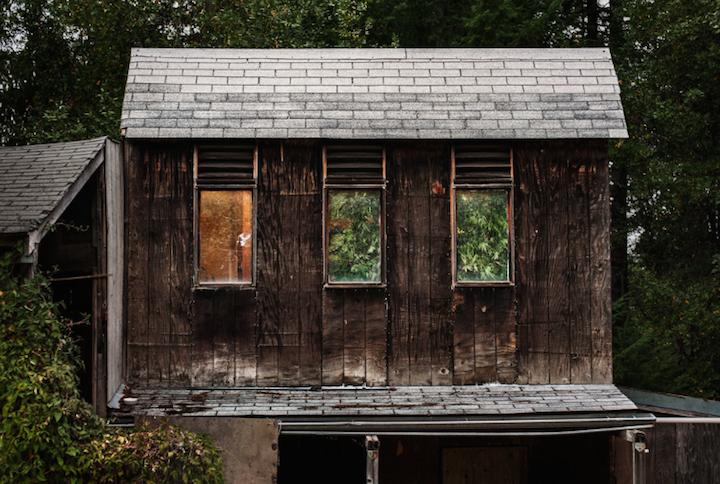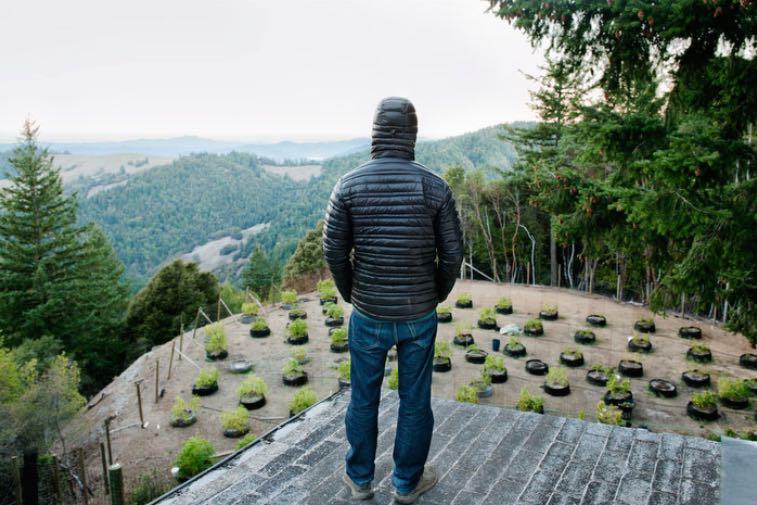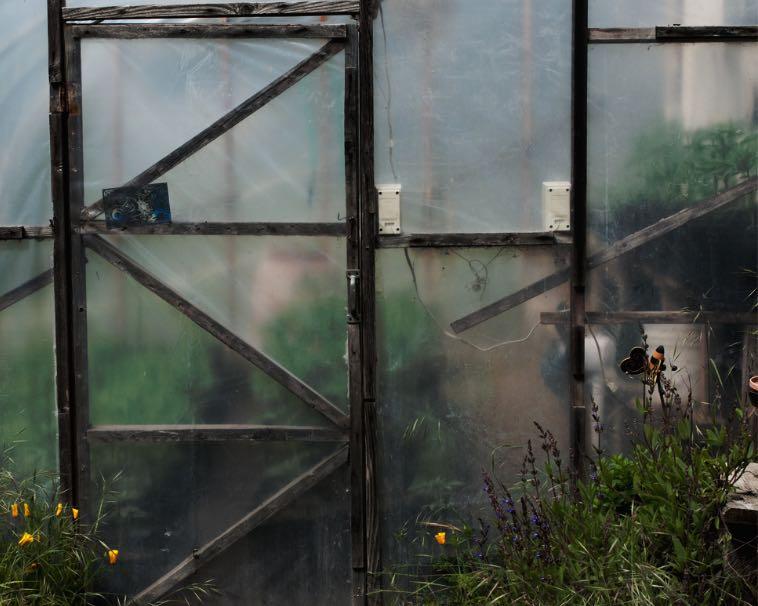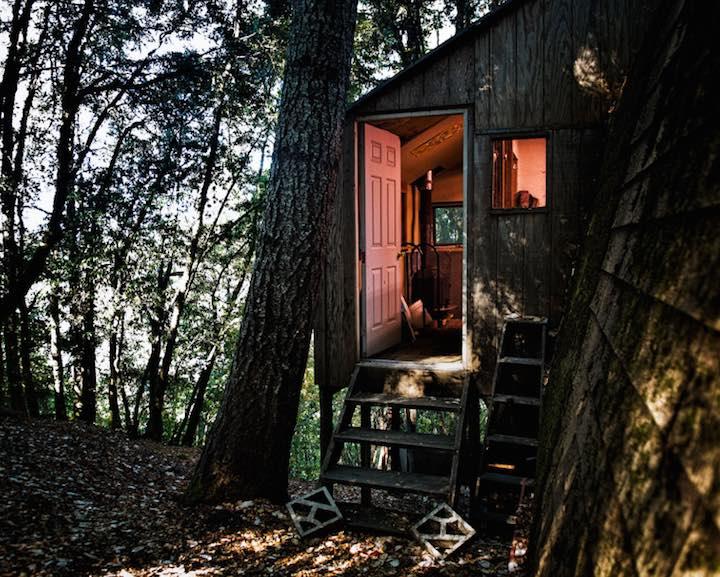Finding a Story: H. Lee

It would be wryly interesting if in human history the cultivation of marijuana led generally to the invention of agriculture, and thereby to civilization.—Carl Sagan, The Dragons of Eden
Back in the 1970s, when Carl Sagan was musing on the history of mankind, the counties north of the Bay Area began to be populated by a new breed of first-generation farmers. They moved to this land of giant redwoods because the living was cheap. It was beautiful. They were young and idealistic—and they liked to smoke pot. But they were poor. Many began planting marijuana seeds alongside the squash in their backyard gardens. They managed to get by and soon a new industry took root.
Flash forward 30 years. A young photographer from San Francisco followed her heart to the mountains, where her boyfriend was a grower. She lived there part time, shuttling back and forth, for a period of six years before turning her lens on the the scene. By that time, pot farming had become a major cash crop, and living “off the grid,” in secret gardens behind locked gates, had taken on new meaning.
In an email interview last week, the photographer, known only as H. Lee, said, “I had been living in the Bay area for years, but I didn’t really know what was going on up north. I was probably one of the very few of my peers who was so totally ignorant and naive. After all, Humboldt County is synonymous with weed cultivation to many.

“It’s not hard to get lost in those beautiful hills, on the dirt roads that can be rough for even an all-wheel drive. It’s easy to hide out, or hide a patch or hide anything.

“It is indeed a closed secretive community, where privacy and discretion are highly valued and respected. In addition, there is safety in numbers, and everyone living in the area seems to touch the industry in some way—growing, selling, trimming, vending dirt, farming tools, lumber, you name it.”
I asked her how, as a part time resident, she was able to reach out to the farmers, and blend in with the scene. “I was always an outsider, even after living there for so long. But that was partly my choice,” she said. “I was fascinated by the culture and community but was resistant to making it my home. So I kept a distance, perhaps always with a journalistic and inquisitive eye.I knew quite well the farms I photographed, and I promised to use a pseudonym should the project ever take off. That helped. But not everyone was interested in participating, of course.”

The result is Grassland, a book published by Kehrer Verlag last fall. A selection of images goes on view in Los Angeles, with an opening reception March 7th at Spot Photo Works, 6679 Sunset Boulevard, Los Angeles, CA. Signed copies of the book, with essays by Glenn O’Brien and Emily Brady, will be available. Information. Photographs copyright and courtesy of the artist.


